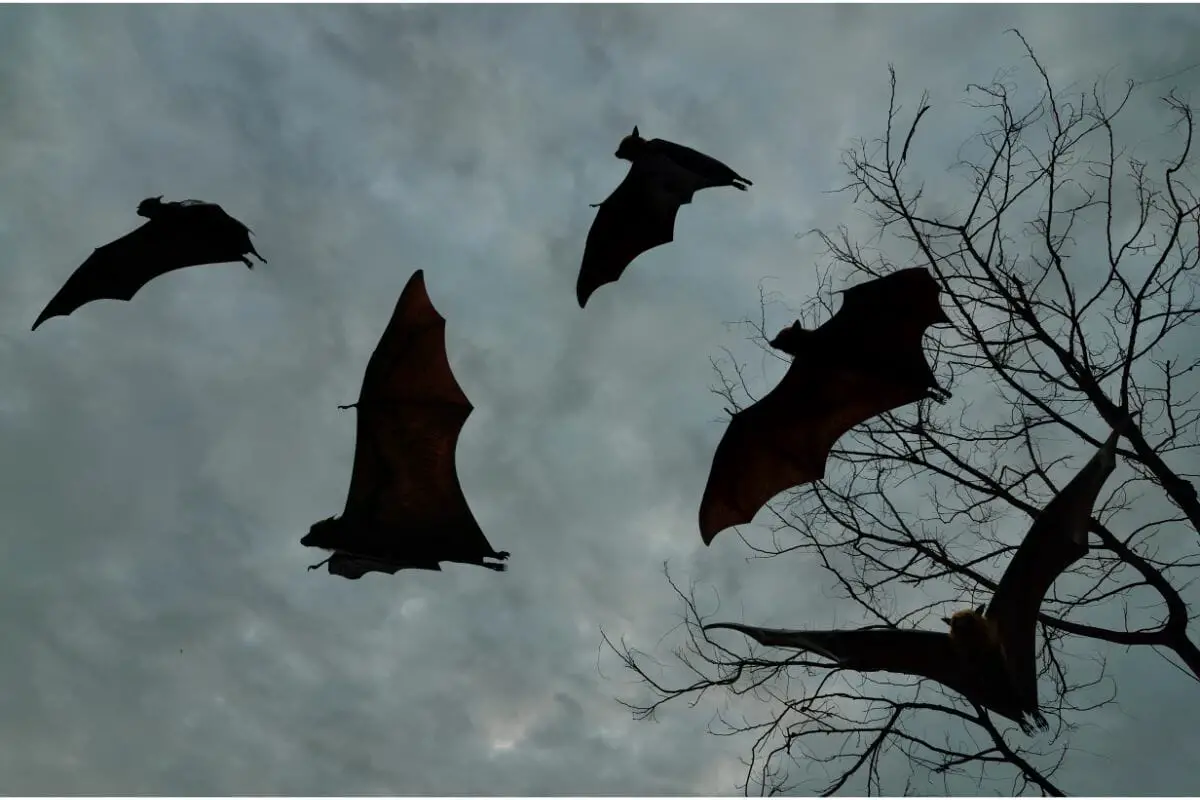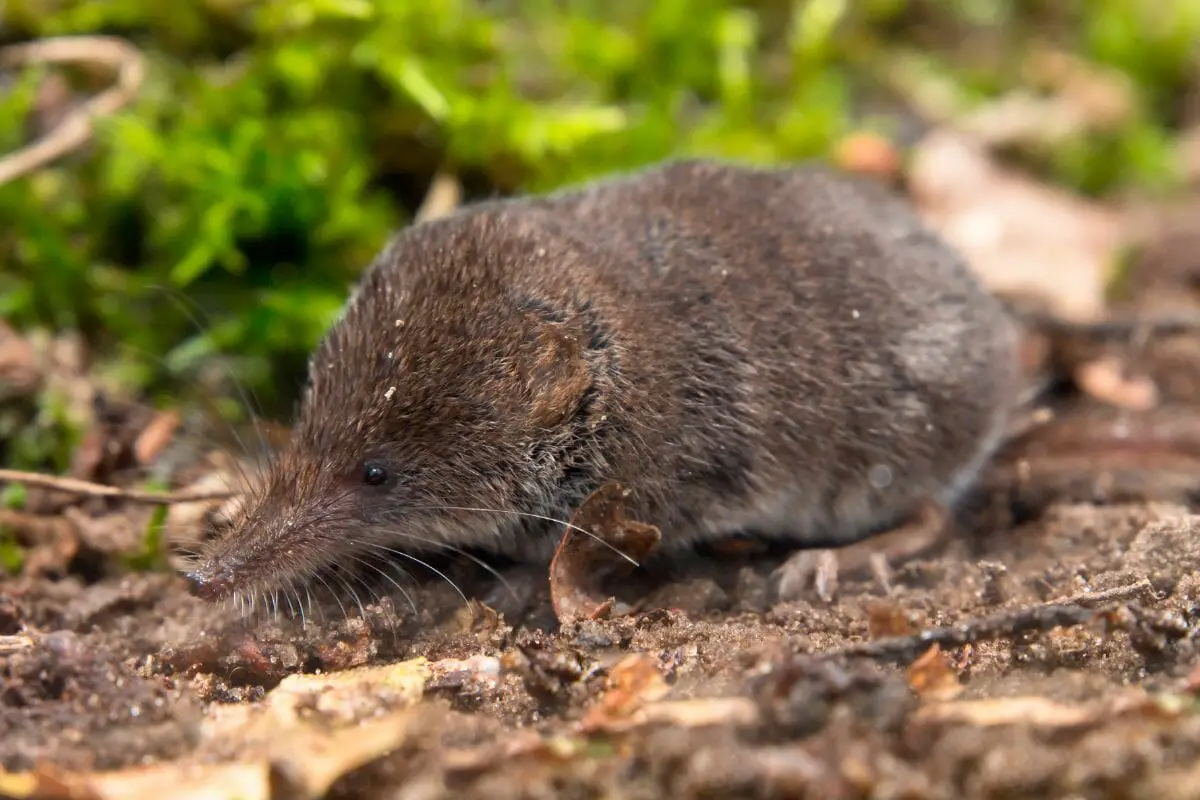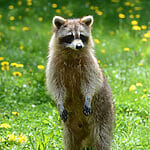Heading out into the wide world around you to spot some local animals can be one of life’s simplest pleasures. There are so many distinct animals out there across the world, and so many distinct species to be found.

But one thing that you must consider when heading out to spot wildlife is the time of day! Certain animals only come out at certain times of the day, and even certain times of the year.
Some animals only come out at night, making them particularly interesting to sight.
In fact, that’s the reason that you are here now, right? You want to find out about some of the incredible wildlife and animals that come out at nighttime.
If so, then prepare to be enlightened, because today we are going to take a look at some of the best animals that come out at night.
There are some real surprises across this list, so make sure to read on down below so you don’t miss out!
1. Bats
Bats are perhaps the most iconic nocturnal creatures, so we figured what better than to kick off our list with the king of all nocturnal animals.
During the daytime, bats stay comfortably perched within their own enclosures, which most commonly tend to be totally dark.
The reason why bats tend to be rather aloof and mysterious is a result of their totally nocturnal nature. Bats rest all throughout the day, and when night comes, they head out to find food and sustenance.
The reason why they head out at night is so that they can catch more bugs without having to compete with other creatures.
Bats have incredibly powerful metabolisms, which means that they are able to make use of the energy from food very quickly, which means that they often have to eat a massive amount every night.
In order to stay energized, the average bat needs to hunt for a large number of insects to feast on.
2. The Cairo Spiny Mouse
The variety of spiny mouse that can be found natively in Cairo tend to be found entirely at night, and the reason for this is that they are incredibly vulnerable creatures that cannot actively compete against their natural predators.
Instead, the Cairo spiny mouse will rest up throughout the day time, and will then head out and hunt for food in the nighttime, when it is dark, and the visibility of predators is much lower.
The Cairo spiny mouse has strong senses of sight, smell, and hearing that help them to navigate the nighttime safely and notice predators that may be sneaking up on them.
They also have whiskers toward the front of their nose that help them to detect objects around them and create a sense of space that helps them to maintain situational awareness at all times, no matter where they end up!
3. The Pangolin

Pangolins naturally spend much of their time underground, so as such they have developed a number of helpful natural tools that help them to survive in such dark and dangerous locales.
Pangolins spend much of their waking time expanding their homes and digging further into the ground to create more secure homes. This is very important considering the fact that pangolins are unfortunately on the brink of extinction.
The reason for this is that they have been hunted by poachers for many years.
Pangolins will head out of their homes in order to hunt for insects that they can eat. They use their long tongues to reach insects all over the place, and this also helps them to forage for food entirely within their own homes.
Sometimes, pangolins don’t even need to leave their homes at night!
But when they do leave under the cover of the night, pangolins are able to easily navigate their way around thanks to their heightened eyesight which allows them to see much more clearly in the darkness.
4. Fennec Fox
The fennec fox is a very adorable-looking little creature that lives in the deserts of North Africa.
Naturally, the blazing desert sun is a direct threat to many creatures around it, so the fennec fox spends much of its time underground where it sleeps during the day, to avoid the blazing sun and the extreme desert heat.
During the nighttime, however, the world’s deserts tend to cool down significantly, almost reaching sub-zero temperatures!
This is the time in which the fennec fox thrives, as it leaves its underground home, and sets out to explore the desert sands.
Hunting at night also allows the fennec fox to more easily find its prey, which tends to commonly be insects and small rodents that similarly head out in the nighttime.
Fennec foxes are also omnivores, so even if they cannot find any insects or rodents to eat, they can also feast on plants and fruits that grow around.
Eating plants and fruit helps the fennec fox to stay hydrated, which is incredibly important considering how oppressively hot the deserts can become over the course of the daytime.
5. Tasmanian Devils
Tasmanian devils are another species that thrives best in the nighttime. During the daytime, the Tasmanian devil will catch up on sleep in one of its self-made dens, or in various small caves.
When the nighttime crawls in, Tasmanian devils head out into the world to hunt for food to keep them energized over the course of the coming next day.
One of the things that help to make Tasmanian devils unique, especially to spot in the nighttime is that they actually glow in the dark! That’s right.
Parts of the animal, including the snout, the ears, and the eyes all absorb ultraviolet light, which is then sent outward from the body, creating a sort of strange and ethereal blue glow!
It’s not clear whether this glow offers Tasmanian devils any kind of advantage in the wild, but it is delightful to witness with your own eyes!
6. Black-Footed Ferret

We’ve taken a good look at a lot of the various prey animals that populate the nighttime, but let’s take a look at one of the major predators that pop up in the nighttime.
The black-footed ferret (see also: Animals That Look Like Ferrets)is one of the most renowned predators that stalk the nighttime of America. Black-footed ferrets feed on diets made up almost entirely of prairie dogs, a fact that often surprises people based on the usual size of an average ferret.
To help them to find prairie dogs, black-footed ferrets will often hunt for the tunnels that prairie dogs build over the course of the daytime.
Not only do black-footed ferrets eat prairie dogs, but they will also take over their territories to act as safe places to live during the daytime where they can raise their own families and sleep.
Unfortunately, as the population of prairie dogs slowly declines and as the species approaches extinction, so too does the population of the black-footed ferret.
7. Aye-Aye Monkey
The aye-aye monkey is actually renowned for being the world’s largest nocturnal primate. Over the course of the daytime, the aye-aye monkey sleeps in a nest made up of leaves and branches which it specially shapes into a spherical form.
During the night, the aye-aye descends down from its high perch and explores the ground, looking for insects and fruit that they can feed on.
Of course, the aye-aye is best known for its incredible face, with two expressive and large eyes that seem to glisten in the nighttime.
True to their name, these eyes are very strong and help the animal to easily see even during the darkest of nights, to aid with survival.
8. Pygmy Slow Loris
The pygmy slow loris looks very similar to the aye-aye monkey, which often leads people to confuse the two together.
The pygmy slow loris chooses to conduct its activity in the nighttime in an attempt to avoid competition.
Because most predators head out and hunt during the daytime, the pygmy slow loris waits until most of those predators are at rest so that it can hunt for its food without having to compete with other predators.
The pygmy slow loris focuses much of its energy on hunting for insects and bird eggs that it can use as a source of nutrition to help it to stay energized during the daytime.
It will also bring much of the food back home with it to feed to its young, which stays behind while it is out hunting.
To Wrap Up
There we have it. Those are just a few of the amazing animals that you can spot in the night time.
These nocturnal creatures are situated all across the world in highly specific environments, but the benefit of the night helps some of these elusive creatures to survive more easily and compete in a world of predators.
Many nocturnal creatures use the night as a way of avoiding conflict and competition, hence why many nocturnal anim als are prey of some kind(see also: Animals That Are Kind)!









